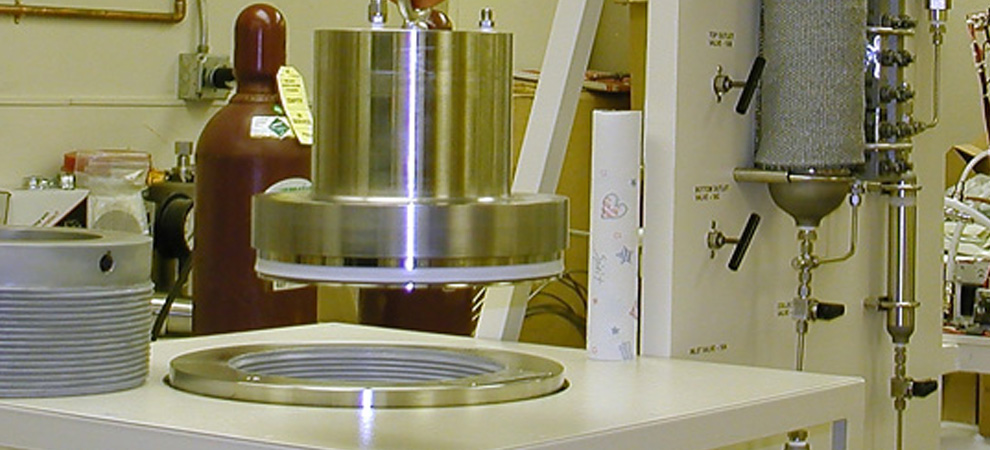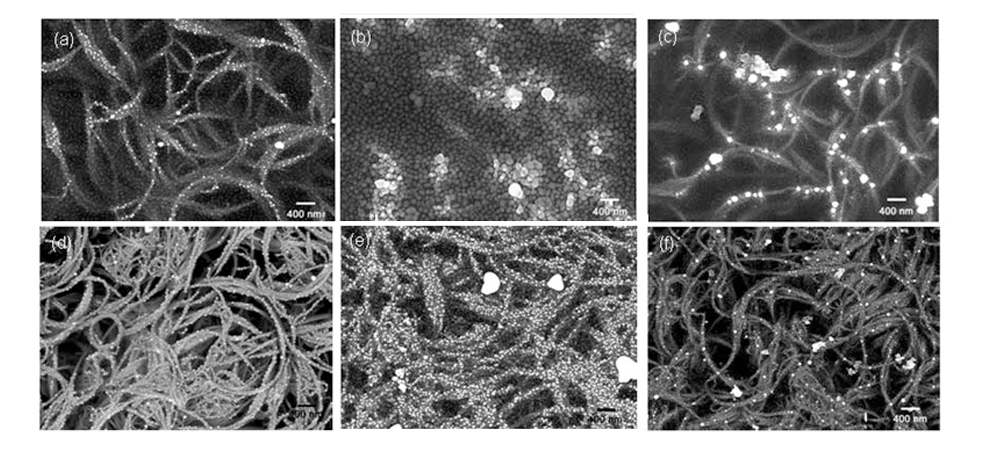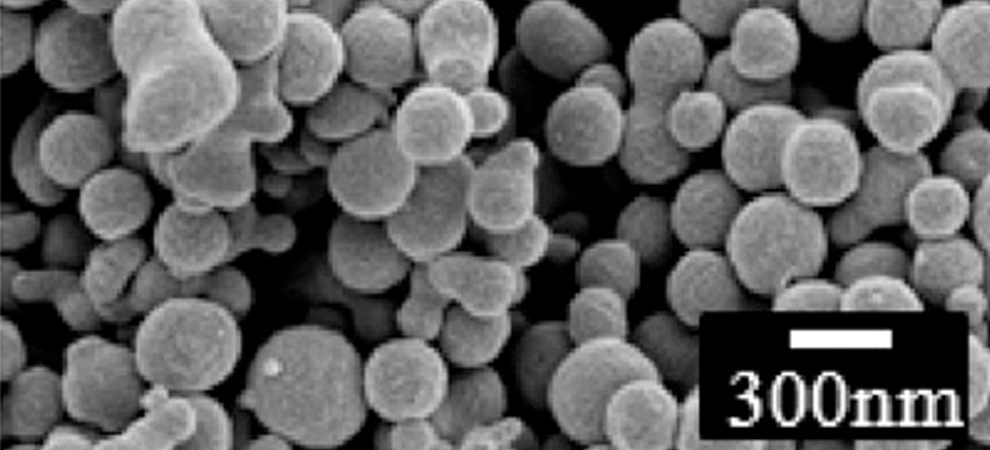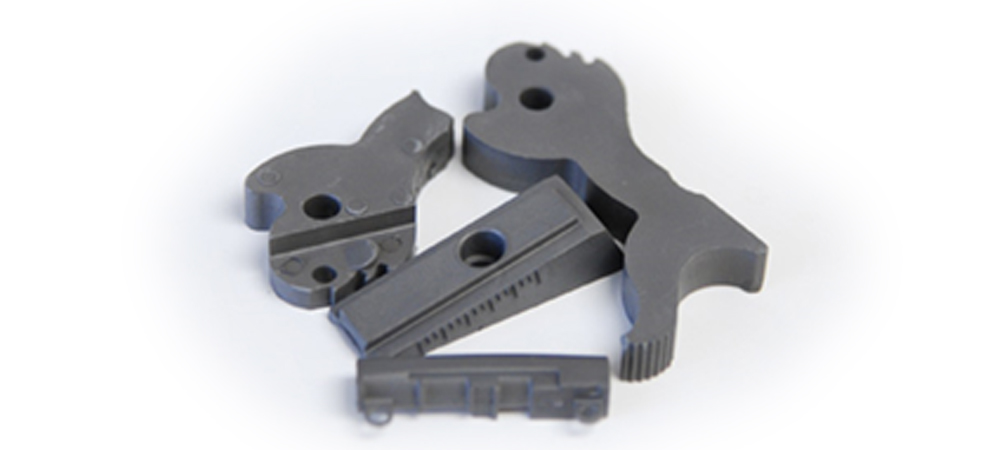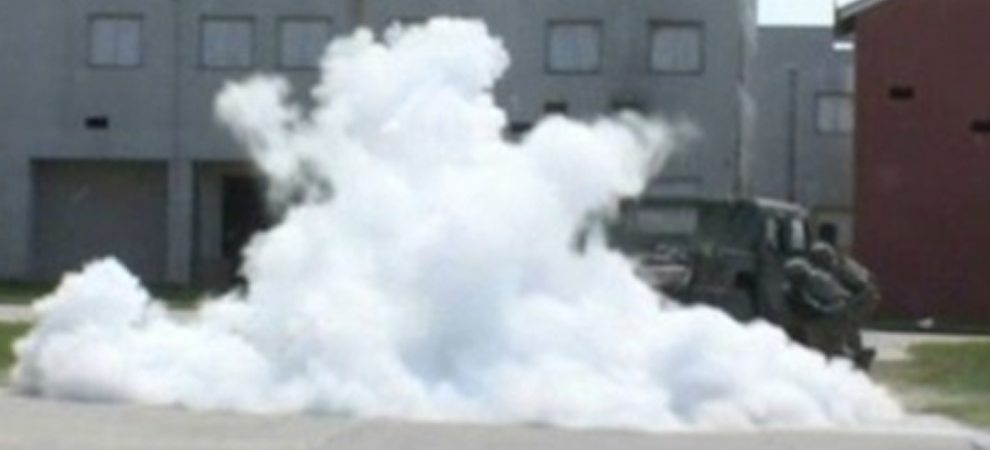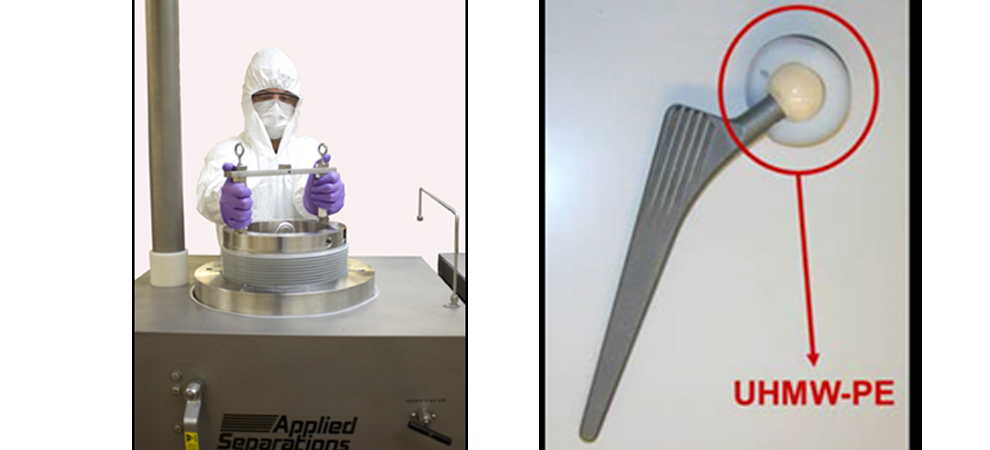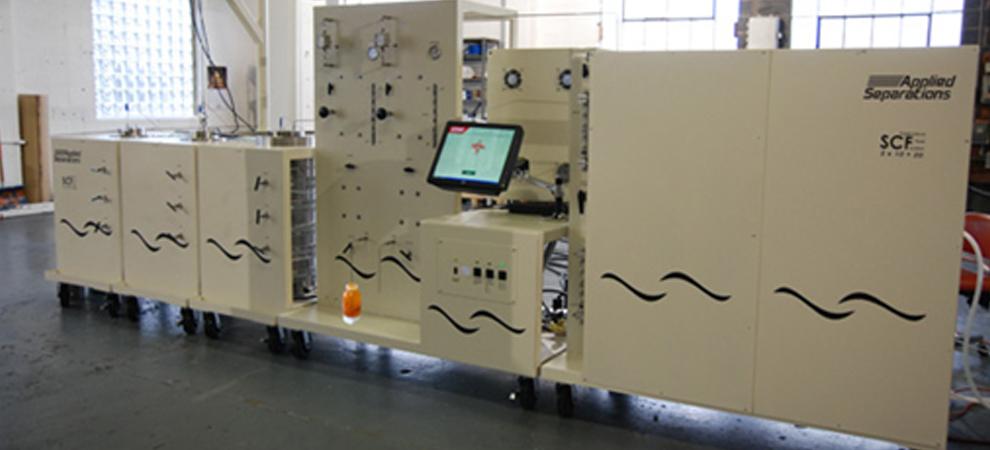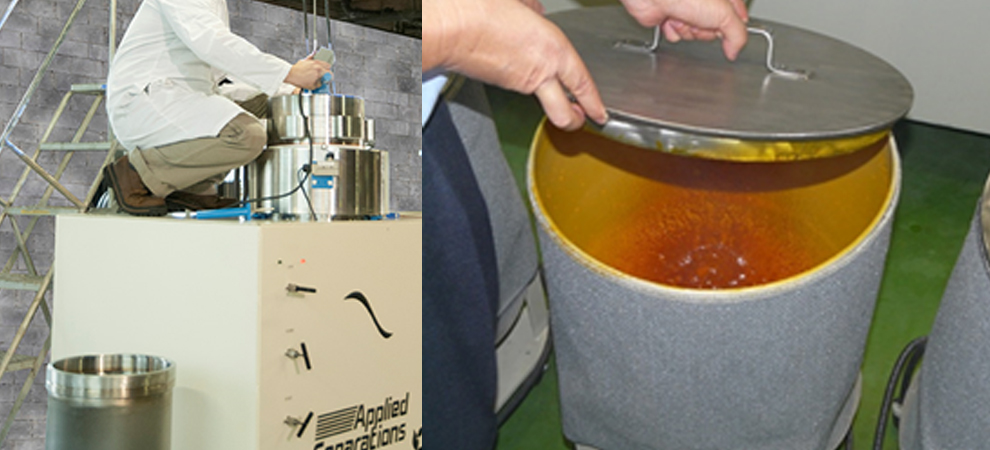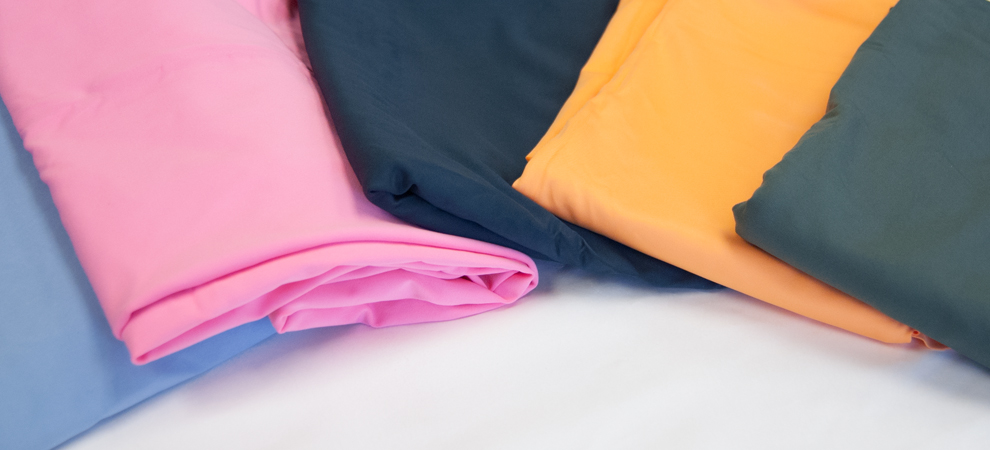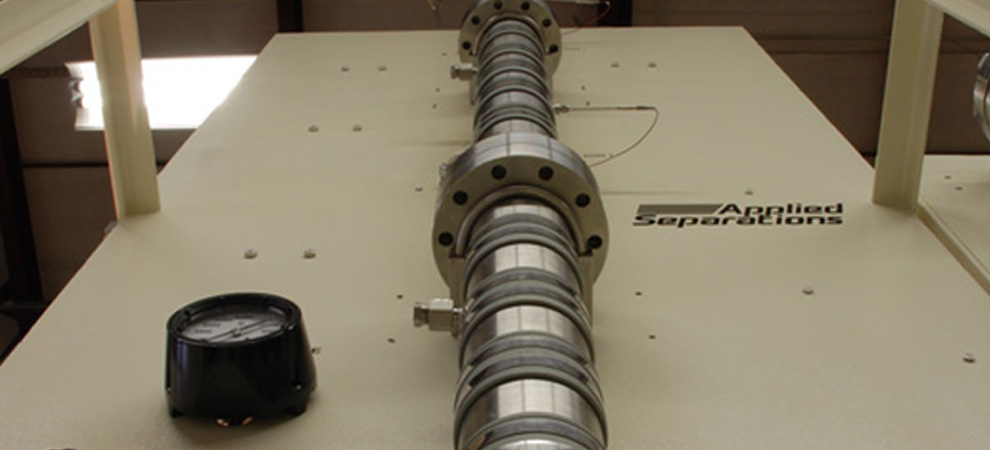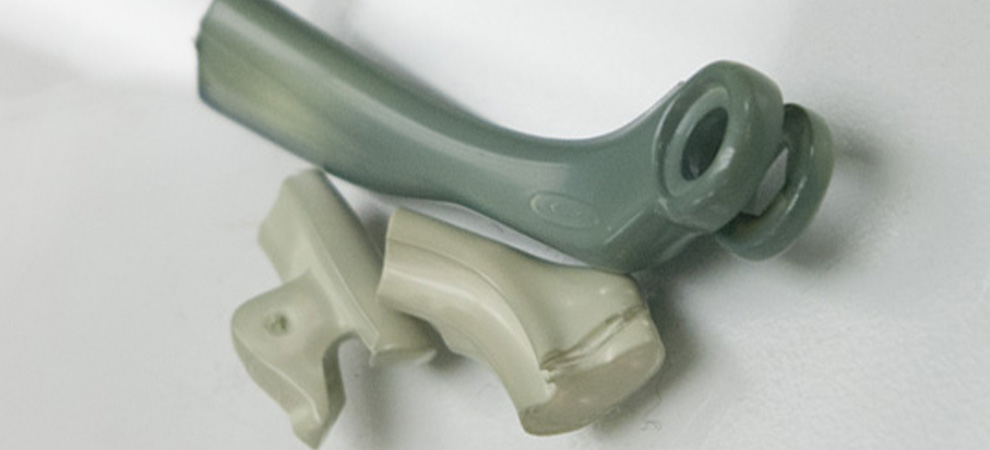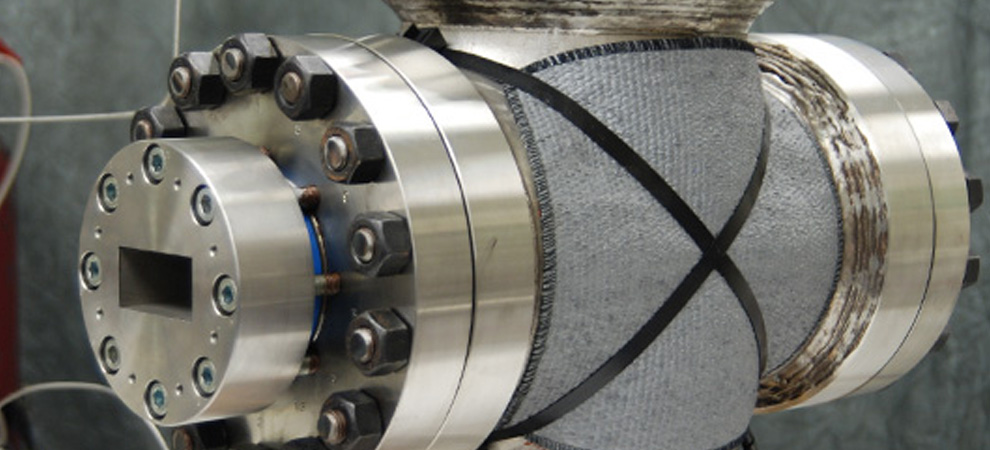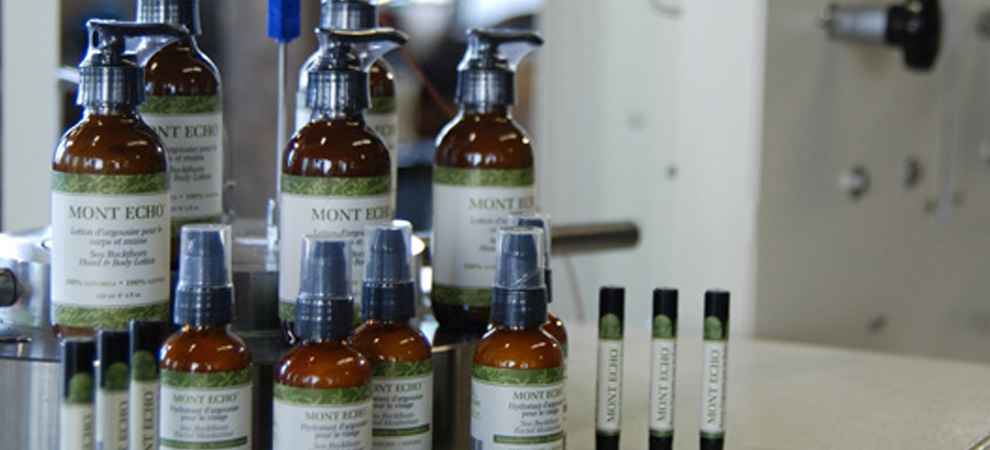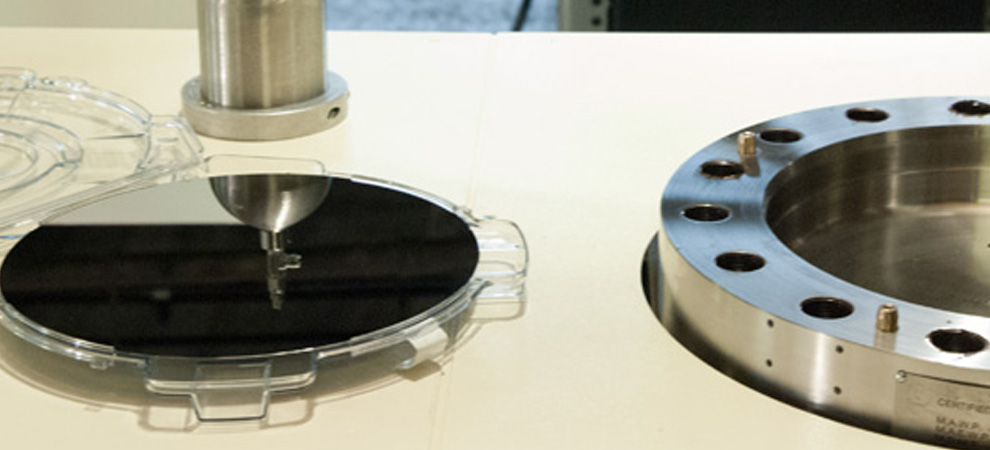
Supercritical and Subcritical Research and Development
Applied Separations Research (CRO)
Applied Separations conducts state-of-the-art research in supercritical fluids. It has conducted research and development activities for US government agencies (e.g. US Army, NASA, DARPA) and numerous Fortune 500 companies over the last 35 years. Our laboratories are equipped to perform supercritical fluid experimentation in all areas, not just extractions:
- with both liquid, solid, and gaseous samples, and
- using gases/liquids other than CO2,
- continuous interaction/extraction with counter-current or co-current techniques.
Applied Separations has the equipment and experience necessary to research areas in almost every industry or discipline. From dealing with messy SWARF to producing tissue scaffolds in a cleanroom environment. We’ve done it. Ask us.
And that’s not all!
Looking for additional environmentally friendly techniques? Explore subcritical water. Applied Separations also leads the way in applications using subcritical water.
Supercritical CO2 Extractions
Applied Separations has extracted literally hundreds of natural products for the isolation of valuable compounds using supercritical CO2. We have helped companies eliminate hazardous solvents previously used in their processes. Natural products such as rose hip oil are typically extracted from oil seeds with hexane, an organic solvent. The rose hip oil dissolves in hexane and is removed from the non-soluble seed components. The hexane is then evaporated and recycled. Unfortunately, the use of hexane in the production of oil seed extracts for human consumption is a problem because it is a toxic and hazardous solvent that contaminates the seed oil. Some additional examples are as follows:
1. The extraction of oil from Rose Hip seeds
2. The extraction of turmerones from turmeric
3. The extraction of CBD from hemp
4. The extraction and fractionation of crude palm oil
Continuous Countercurrent CO2 Extractions
Our lab equipment can perform continuous countercurrent extractions of liquid matrices using a packed column. Typically, the liquid sample is continuously fed into the top of the column and supercritical CO2 is continuously fed into the bottom of the column. Supercritical CO2 rises in the column and the liquid sample falls based upon density differences. The rising supercritical CO2 dissolves soluble compounds and exits the column at the top. Liquid raffinate falls to the bottom of the column and is removed. Here are a few examples:
1. The extraction of terpenes from citrus peel oil.
2. The extraction of phenylethyl alcohol from deodorizer distillates.
Supercritical CO2 Cleaning of Elastomeric and Metal Precision Parts
Applied Separations has routinely cleaned precision parts for various industries on an experimental basis and as a subcontractor on a continuing basis including:
Cleaning cutting oil and cutting oil residues from machine assemblies
Extraction and removal of unreacted contaminants from elastomeric parts
Supercritical Drying of Microparticles and Aerogels
Our laboratory personnel have years of experience in drying aerogels and microparticles using supercritical CO2. We have established procedures for successfully drying many different types of aerogels including monoliths, powders, and composites. Racks are available for stacking many individual aerogels in larger vessels.
- Supercritical CO2 drying of silicon aerogels
- Supercritical CO2 drying graphitic aerogels
- Supercritical CO2 drying hydrophobic cellulose aerogels
- Supercritical CO2 drying polymeric aerogels
Impregnation of Materials using Supercritical CO2
Applied Separations has specialized equipment used in the impregnation of dyes and other compounds into various polymeric materials. We have mastered the uniform dyeing of polymeric fibers using proprietary processes and equipment.
Dyeing of polymeric fibers using supercritical CO2
Particle Formation using Supercritical Fluids
Our laboratory supercritical equipment can perform RESS, GAS, and PCA particle formation experiments for our clients. Our equipment has used supercritical fluids to micronize many compounds including:
- The precipitation of nanoparticles of Ibuprofen by Rapid Expansion of a Supercritical Solution (RESS)
- Using the Gas AniSolvent (GAS) method to make Submicron Particles of Cimetidine.
- Formation of Composite Crystals of acetaminophen and p-acetoxyacetanilide by Precipitation in Supercritical CO2
Subcritical Water Extractions
Water in the subcritical state can be used to perform liquid extractions above the boiling point of water. We have laboratory equipment available for the exploration of subcritical water extractions at elevated temperatures. Water at elevated temperatures and pressures becomes less polar and can be useful as a replacement for methanol in many extraction procedures. Our equipment has been used to:
- Scaleup the subcritical water extraction of polyphenols from grape pomace
- Hydrolyze starches using Subcritical water
